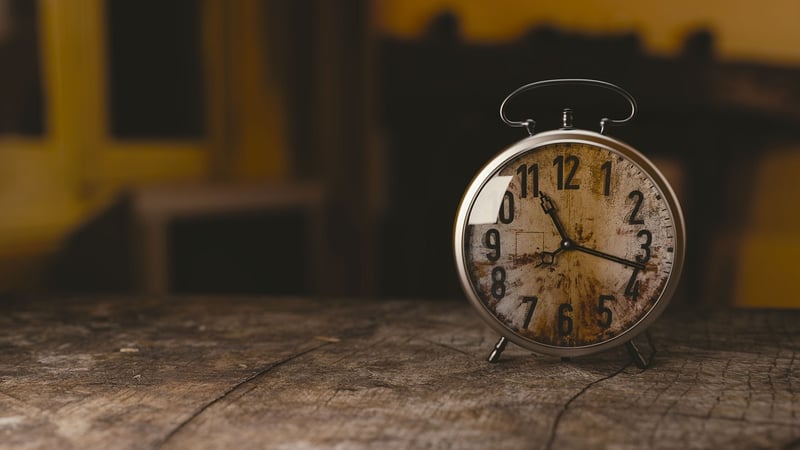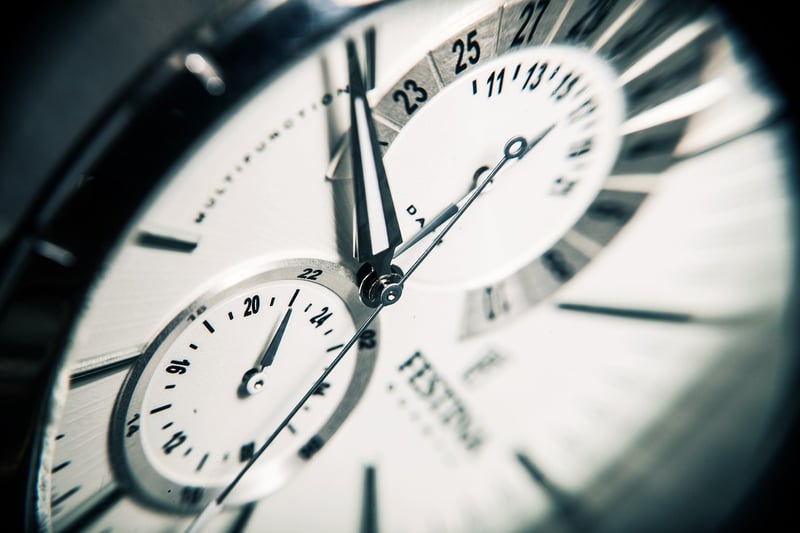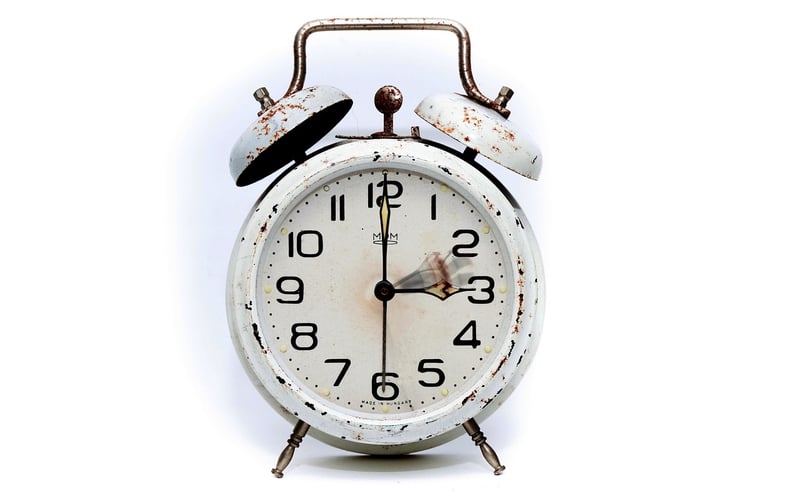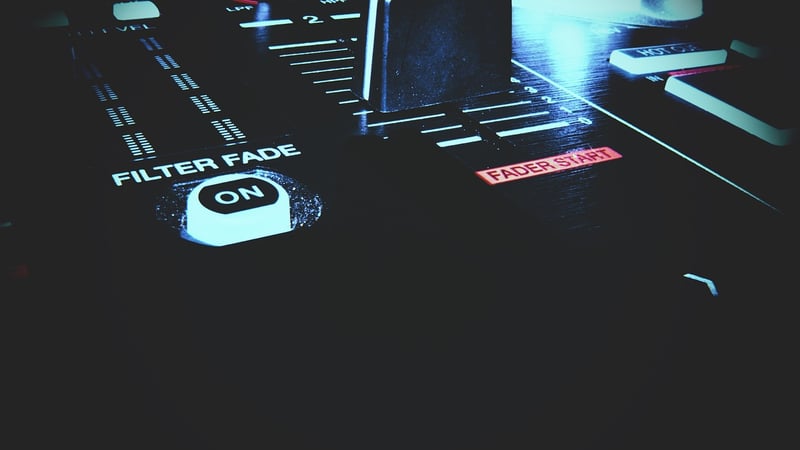Time Pioneers
The Evolution of Time Measurement
Time, an intangible concept that governs our lives, has been measured and recorded by various civilizations throughout history. Let's explore the fascinating journey of time measurement from ancient sundials to modern atomic clocks.
Ancient Sundials: The First Timepieces
Ancient civilizations such as the Egyptians, Greeks, and Romans were among the first to use sundials to track the passage of time. These simple yet effective devices used the position of the sun's shadow to indicate the time of day.

Water Clocks and Hourglasses
As civilizations advanced, so did timekeeping devices. Water clocks, also known as clepsydra, used the flow of water to measure time, while hourglasses employed sand to achieve the same purpose. These inventions significantly improved the accuracy of time measurement.

Mechanical Clocks: Precision Timekeeping
The invention of mechanical clocks in the Middle Ages revolutionized timekeeping. These intricate devices utilized gears and weights to maintain accurate time, allowing for standardized time measurement across regions.

Modern Era: Atomic Clocks and Precision Timekeeping
In the modern era, atomic clocks have become the gold standard for time measurement. By measuring the vibrations of atoms, atomic clocks can maintain accuracy to within a few billionths of a second. They are crucial for technologies such as GPS and telecommunications.

From ancient sundials to atomic clocks, the evolution of time measurement is a testament to human ingenuity and our quest for precision. As we continue to push the boundaries of timekeeping technology, who knows what the future holds for the measurement of time.
Explore more about the history of time measurement here.
